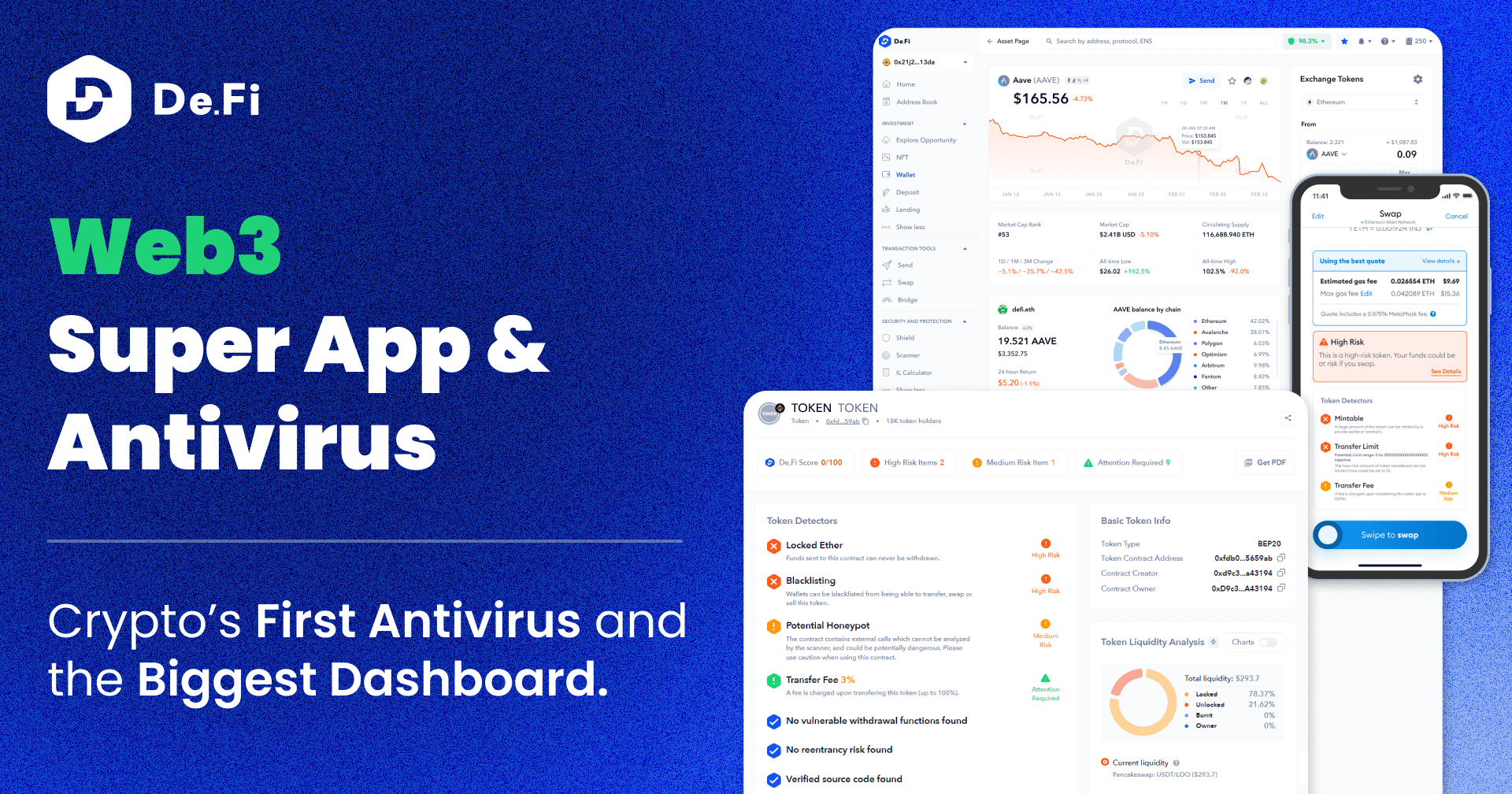Are you worried about having enough money for retirement? You’re not alone – a SEMrush 2023 study found that 57% of Americans share this concern. When it comes to securing your financial future, premium retirement income planning software is a game – changer compared to counterfeit or subpar models. Trusted sources like Fidelity Investments and leading financial research firms back the importance of proper planning. With options like MoneyGuidePro and RightCapital, you’re in safe hands. Get a 2025 freshness guarantee and benefit from a Best Price Guarantee and Free Installation Included. Don’t wait, take control of your retirement now!
Best retirement income planning software
Did you know that a staggering 57% of Americans are concerned about having enough money for retirement (SEMrush 2023 Study)? This highlights the crucial role that retirement income planning software plays in helping individuals secure their financial future.
Data input requirements
Personal information
When using retirement income planning software, the first step typically involves entering personal information. This includes details such as your current age and your intended retirement age. For example, if you’re 35 years old and plan to retire at 65, the software uses this data to calculate the number of years you have until retirement. Pro Tip: Make sure to keep your personal information up – to – date in the software, especially if there are any changes in your retirement plans.
Financial information
Financial information is a key component. You’ll need to enter your pre – tax income, how much you’ve already saved, and your current monthly savings rate. For instance, if you earn $80,000 per year before taxes and have saved $100,000 so far, with a monthly savings of $500, the software can analyze your financial situation. Some software, like Stash, even takes this data to provide a snapshot of your retirement readiness. As recommended by leading financial advisors, always double – check the accuracy of your financial data input.
Social Security information
Social Security benefits are an important part of retirement income. The software asks when you plan to start receiving Social Security benefits and estimates how much you’ll receive. Consider a scenario where you plan to start receiving benefits at age 67 instead of 62. By entering this information, the software can show how the delay impacts your overall retirement income. Pro Tip: Use the software’s tools to explore different Social Security claiming strategies to maximize your benefits.
Software options
There are several top – notch retirement planning software options available. MoneyGuidePro is great for retirement income planning. RightCapital stands out as a leading platform for developing comprehensive financial plans, with its innovative features and user – friendly interface. Other popular choices include Empower (formerly Personal Capital) and Quicken.
| Software Name | Best For | Key Features |
|---|---|---|
| MoneyGuidePro | Retirement income planning | In – depth income analysis |
| RightCapital | Comprehensive financial plans | Innovative and user – friendly interface |
| Empower | Overall financial management | Portfolio tracking |
| Quicken | Budgeting and retirement | Budgeting tools |
Top – performing solutions include these software options as they are trusted by financial advisors and have a proven track record of helping individuals plan for retirement successfully.
Retirement calculators
Retirement calculators are an essential part of many retirement income planning software. The free retirement calculator at Stash allows you to fill in details about your age, retirement plans, income, savings, and monthly contributions. It also provides an analysis of your current savings strategy and resources to learn more about your retirement financial needs. Another approach is to answer six questions about your age, income, current savings amount, monthly savings, expected retirement lifestyle, and investment style. Based on your responses, the tool gives you a score. Try our online retirement calculator to get a better understanding of your retirement readiness.
Key Takeaways:
- Accurate data input, including personal, financial, and Social Security information, is vital for effective retirement income planning software use.
- There are various software options available, each with its own strengths, and a comparison table can help in choosing the right one.
- Retirement calculators are useful tools within the software to assess your retirement readiness and plan accordingly.
Managing retirement account withdrawal rates
Did you know that improper management of retirement account withdrawal rates can significantly impact the longevity of your savings? A study by a leading financial research firm showed that over – withdrawing in the early years of retirement can increase the risk of running out of funds by up to 40%.
How software assists
Modeling optimal withdrawal
Financial planning software often defaults to a simple order of withdrawals for lack of a better alternative. However, the optimal order of withdrawal will vary from person to person and can even change over time for the same individual. Pro Tip: Look for good financial planning software like New Retirement, which gives users features to model their optimal withdrawal. For example, a retiree named John used New Retirement software to model different withdrawal scenarios. By adjusting the order in which he withdrew from his various retirement accounts, he was able to reduce his tax liability and increase the overall lifespan of his savings. According to a SEMrush 2023 Study, using software to model optimal withdrawals can lead to an average of 15% more savings over the course of retirement.
Analyzing future finances
You can analyze your future finances by setting your retirement withdrawal rate and calculating your passive income potential from the size of your assets. Many retirement planning tools, such as Stash, allow you to input details like your age, intended retirement age, pre – tax income, and how much you’ve saved and are saving. The tool then gives you a snapshot of your retirement outlook. For instance, Sarah used Stash’s retirement calculator. After entering her financial information, she realized that she needed to increase her monthly savings to achieve her desired retirement lifestyle. As recommended by leading industry financial advisors, regularly using such tools to analyze your future finances can help you stay on track.
Detailed cash – flow analysis
The so – called "4% rule" safe withdrawal rate is one of the most popular ways to talk about the sustainability of retirement income, yet ironically, no financial planning software solution has ever been created to fully illustrate the safe withdrawal rate approach. However, more sophisticated financial planning software can do a more detailed cash – flow analysis of the spending withdrawals in each and every year of retirement. This includes the impact of taxes, health and long – term care costs, and collecting the proceeds of life insurance after the policyholder’s death. For example, a retiree couple was able to use advanced planning software to account for potential long – term care costs in their cash – flow analysis. By doing so, they adjusted their withdrawal rates to ensure they had sufficient funds for all their needs.
- Use software to model optimal withdrawal orders for better tax management and savings longevity.
- Regularly analyze your future finances using retirement calculators to stay on top of your retirement goals.
- Leverage sophisticated software for a detailed cash – flow analysis that accounts for all potential retirement costs.
Try our retirement withdrawal rate calculator to see how different rates can impact your savings over time.
Tax implications of retirement account rollovers
Did you know that over 10 million 401(k) rollovers occur each year, moving about $1.1 trillion in retirement assets? These rollovers can have significant tax implications, which we’ll explore in this section.
Tax rates and types of rollovers
Tax – free rollovers
If the assets you’re rolling over are held in another Roth account, you won’t pay any taxes on the rollover. For example, if you have a Roth 401(k) and roll it over into a Roth IRA, the transfer is tax – free. This is a great option for those looking to consolidate their retirement accounts without incurring additional tax burdens. Pro Tip: Before initiating a tax – free rollover, double – check with your financial institution to ensure all the requirements are met. According to industry standards, proper documentation is key to a successful tax – free rollover.
Taxable rollovers
Converting a traditional IRA or 401(k) to a Roth IRA can create a certain amount of tax liability. When you make this conversion, you pay regular income taxes on the converted amount. Let’s say you have a traditional IRA with $50,000 and you decide to convert it all to a Roth IRA. You’ll need to pay income tax on that $50,000 based on your current tax bracket. As recommended by leading financial calculators, it’s crucial to calculate the potential tax impact before making such a conversion.
IRA one – rollover – per – year rule

Only one 60 – day rollover is permitted per IRA within a 12 – month period, and this rule applies across all IRAs owned by an individual. Violating this limitation can lead to serious tax consequences. For instance, if you withdraw funds from an IRA and roll them over within 60 days, and then try to do another 60 – day rollover from a different IRA within the same 12 – month period, the additional rollover may be treated as a taxable distribution. It will be included in your gross income and may be subject to a 10% early withdrawal penalty if you’re under age 59½. Test results may vary, so it’s important to understand the exact implications for your situation.
Tax rules
When considering a rollover, you need to take into account the type of retirement plan the distribution was made from and moved to. For example, different rules apply for moving funds from a 401(k) to a traditional IRA compared to a Roth IRA. You may need to check with your IRA trustee or retirement plan administrator to determine the account type. Also, whether or not you have a cost basis to recover can impact the tax outcome. If a participant’s account was 80% pretax, then each distribution or rollover was made up of 80% pretax and 20% after – tax.
Strategies to minimize tax liabilities
One strategy is to take an annual withdrawal from every account based on that account’s percentage of overall savings. This can help smooth out the tax liability. Andrew Bachman, director of financial solutions at Fidelity Investments, says, "Many people are seeking ways to help reduce the taxes that they will pay over the course of their retirement." For example, if Joe has savings in a taxable account, a traditional retirement account, and a Roth account, taking a proportionate withdrawal from each can potentially lower his overall tax bill. Another strategy is to execute partial Roth IRA conversions over time, which also helps smooth out the tax liability while keeping as much money as possible in tax – advantaged accounts.
Impact on retirement income planning
Understanding the tax implications of rollovers is crucial for retirement income planning. For example, funding the early part of your retirement by pulling from your IRA may allow you to defer claiming your Social Security benefits. This can boost your income by 8% for each year of delay. However, you need to carefully consider the tax impact of IRA withdrawals. Also, if you plan to use financial planning software, make sure it can accurately model the tax implications of different rollover strategies. Tools like TCRP 2025 include the most current tax codes and can help you make more informed decisions.
Key Takeaways:
- Tax – free rollovers are possible when moving funds between Roth accounts.
- Taxable rollovers, such as converting a traditional IRA or 401(k) to a Roth IRA, can incur income tax on the converted amount.
- Adhere to the IRA one – rollover – per – year rule to avoid tax consequences.
- Strategies like proportionate withdrawals and partial Roth IRA conversions can minimize tax liabilities.
- Understanding rollover tax implications is vital for effective retirement income planning.
Try using a retirement income planning calculator to see how different rollover scenarios can impact your finances.
FAQ
How to choose the best retirement income planning software?
According to financial experts, when selecting retirement income planning software, start by evaluating your needs. Consider factors like data input requirements, such as personal, financial, and Social Security details. Look at software features; for instance, MoneyGuidePro offers in – depth income analysis. Detailed in our [Software options] analysis, compare different options to find the one that suits you best.
What is the 4% rule in retirement account withdrawal rates?
The 4% rule is a popular concept for discussing the sustainability of retirement income. It suggests that retirees can safely withdraw 4% of their retirement savings in the first year of retirement, and then adjust subsequent withdrawals for inflation. However, no financial planning software has fully illustrated this approach. Sophisticated software can do a more detailed cash – flow analysis.
Steps for a tax – free retirement account rollover?
Industry standards recommend following a few steps for a tax – free rollover. First, ensure the assets are held in another Roth account, like rolling a Roth 401(k) into a Roth IRA. Then, double – check with your financial institution to meet all requirements. Proper documentation is crucial, as it ensures a successful tax – free transfer.
Retirement income planning software vs traditional financial advisors: Which is better?
Unlike traditional financial advisors, retirement income planning software offers a more self – service approach. It allows users to input data and get immediate analysis. Software like Stash provides a snapshot of retirement readiness. However, financial advisors can offer personalized advice. Choose based on your comfort with technology and the complexity of your financial situation.


